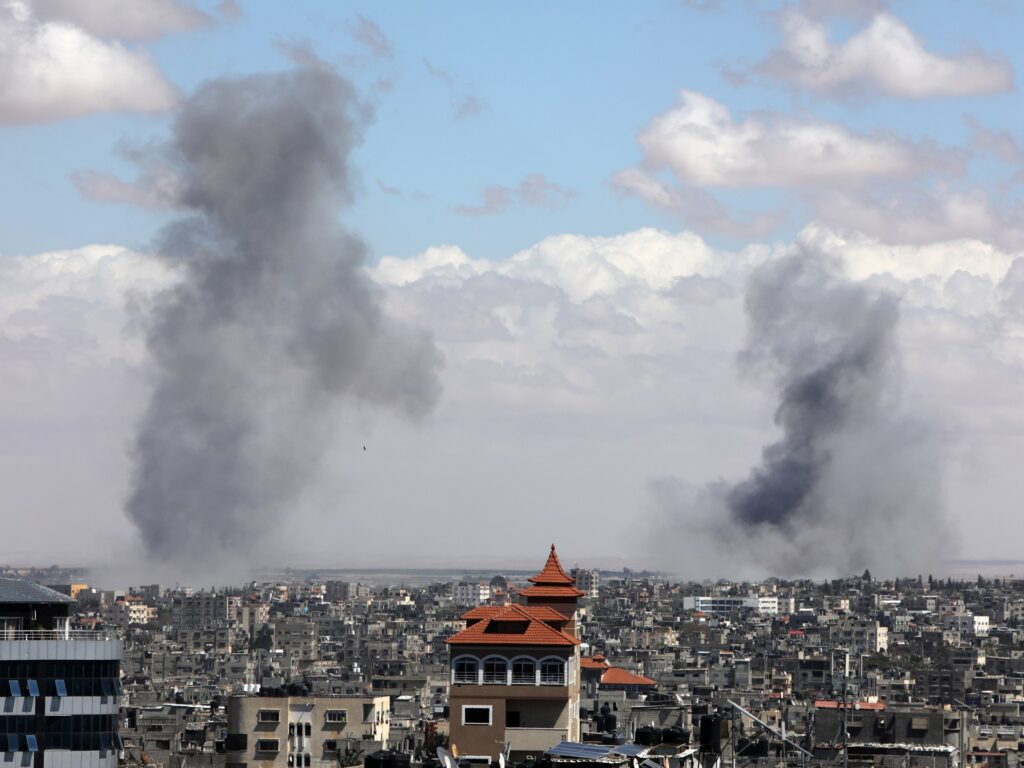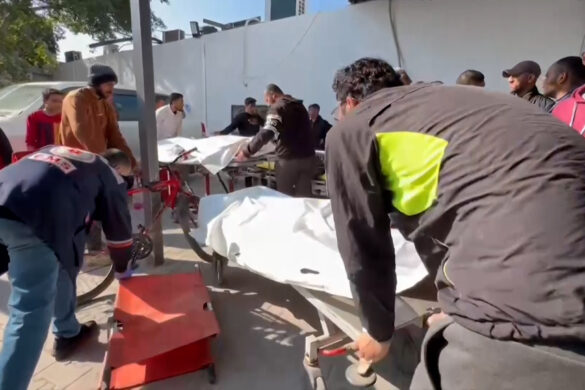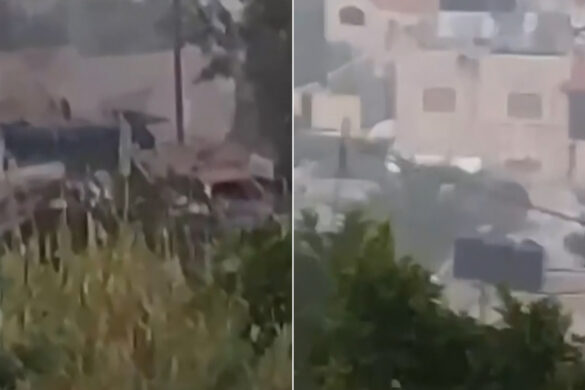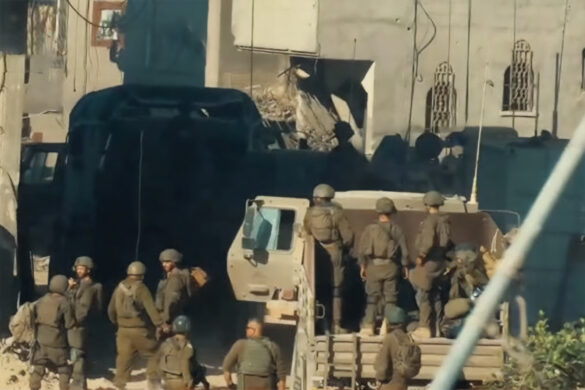The American magazine Foreign Policy warned, in a report, that the Israeli army would face a battle-hardened enemy as it attempted to remove tens of thousands of civilians through its advance towards the city of Rafah in the southern Gaza Strip, which Israeli officials describe as the last major stronghold of the Islamic Resistance Movement (Hamas).
Despite last-minute efforts to establish a ceasefire in Gaza, Israeli Prime Minister Benjamin Netanyahu’s office said on Monday that the mini-cabinet for war affairs had unanimously decided to move forward with its military operation in the city of Rafah.
The magazine’s correspondent for national security affairs, Jack Deitch, reported in his report that Israeli Defense Minister Yoav Gallant told his forces on Sunday that an invasion was imminent, at a time when senior United Nations officials warned that the invasion of Rafah might push the 1.5 million Palestinians camped there to flee. Displacement across the border into Egypt, making resolution of the conflict impossible.
If the Israeli army actually advances into Rafah in an attempt to eliminate the four Hamas brigades that are allegedly present there, experts say that its soldiers will face a battle-hardened enemy who has the ability to fight and resupply through an extensive network of tunnels.
According to Foreign Policy, Israeli forces were able to evacuate residents – as necessary – from the cities in which they have been fighting since the outbreak of the war, such as Khan Yunis in the southern part of the besieged Strip.
In its report, the magazine quoted Jonathan Lord, director of the Middle East Security Program at the Center for a New American Security, a Washington-based research center, as saying that “Rafah will look a little radically different,” adding that it will not necessarily be completely devoid of residents.
He explained that the members of the Hamas brigades fighting in Rafah are almost indigenous to the region, and their movements depend on a dense network of tunnels along the Philadelphia Corridor, which is also called the Salah al-Din Axis along the border between Gaza and Egypt.
Lord continued, saying that Hamas members are holed up and likely ready to fight from their positions, where they have access to tunnels, resupply, and the ability to infiltrate, escape, and move.
The magazine quoted former US Deputy Assistant Secretary of Defense Michael Mulroy, who now works with the Fogbo Group, which is helping to establish the aid dock in Gaza, as saying that the Israelis told non-governmental organizations that the deportation process would take about 10 days, although aid organizations believe It may take much longer.




